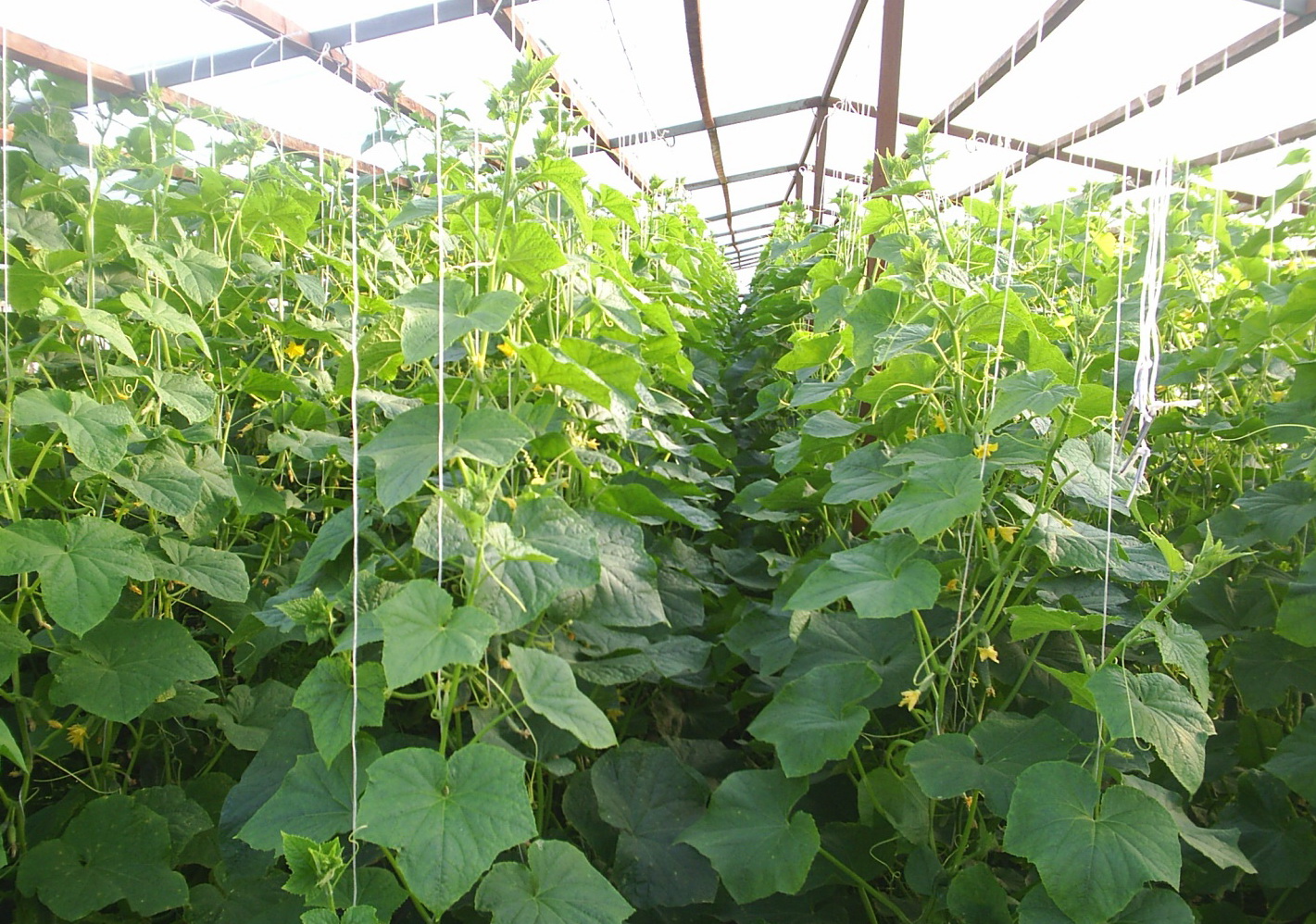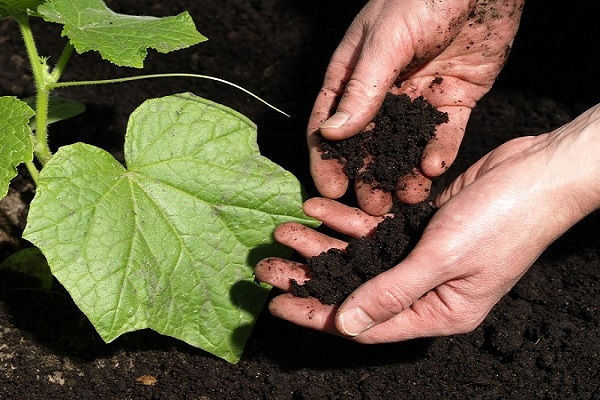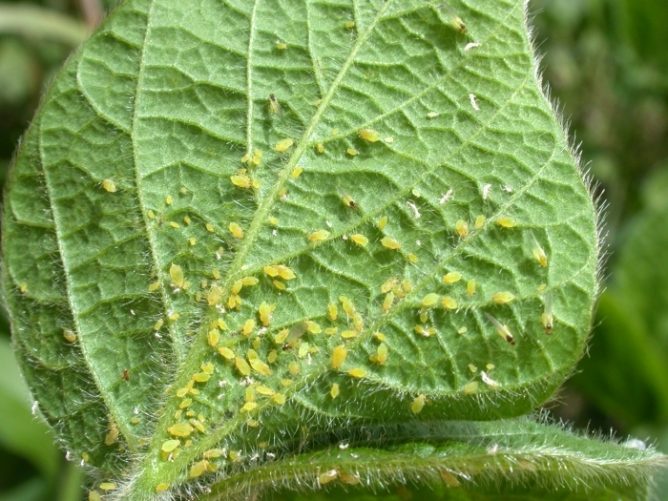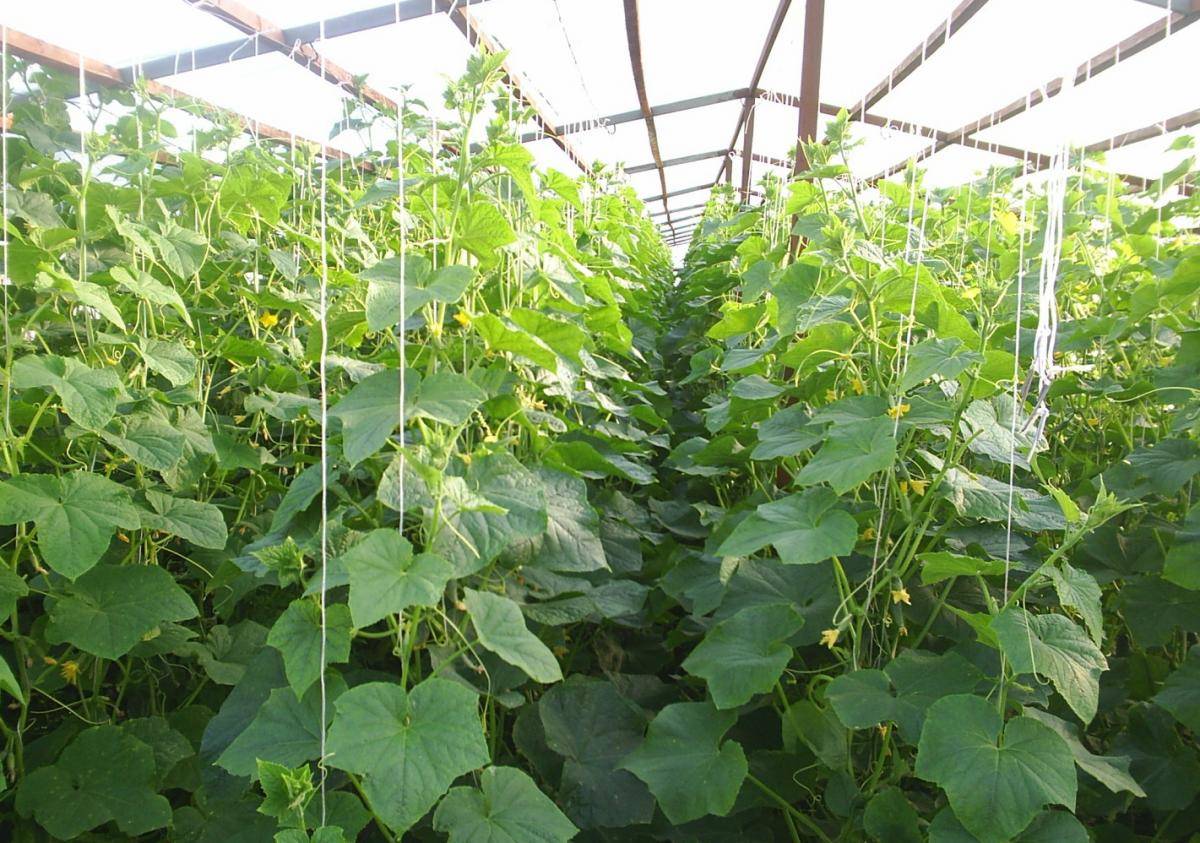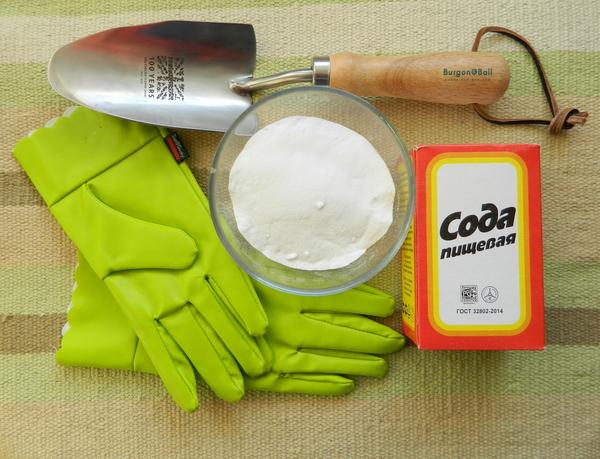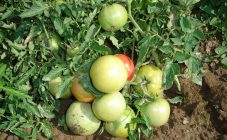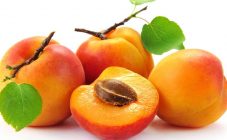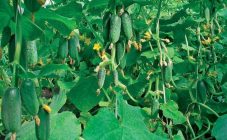Content:
To grow cucumbers for the table in your greenhouse, you need to know which varieties of this garden crop can produce crops without insect pollination. For cultivation in winter greenhouses, breeders recommend parthenocarpic cucumbers, which not every amateur vegetable grower knows this. These plants do not need pollination at all.
Key Features
Parthenocarpic cucumber variety, what is it? Special varieties of cucumbers, capable of producing crops in a greenhouse without pollination, have recently been bred. These hybrids immediately became popular with professional vegetable growers and amateur vegetable growers.
The first parthenocarpic hybrids were only suitable for fresh salads. The breeders have gone further and today there is a group of varieties that are suitable for salting.
What is a parthenocarpic cucumber hybrid? This is not a new type of plant, as some gardeners think, they are just special varieties.
What are the distinguishing features of the parthenocarpic cucumber hybrid and what does this mean for farmers and amateur gardeners?
They are characterized by the following features:
- long-term fruiting;
- active fruit formation;
- when grown in a garden, they firmly endure drops in night and day temperatures and negative weather conditions;
- the fruits of the hybrids have good taste and are devoid of bitterness;
- they have stable immunity to many plant diseases, and they are generally immune to some infections;
- do without insect pollination;
- zelentsy have an even shape and aesthetic appearance;
- fruits can be stored for a long time and are suitable for transportation.
- fruits are not prone to overripe.
Popular varieties
Each newly bred cucumber variety has its own merits. To choose a suitable hybrid for your own garden or greenhouse, you need to familiarize yourself with the description that seed breeders give their product to their product.
Several popular varieties:
- F 1 Zozulya. A very common variety, its seeds are often taken for industrial vegetable production. Cucumbers ripen within a month and a half after the appearance of the first shoots of the plant. The variety is resistant to most common diseases affecting garden crops. The F 1 Zozulya cucumber has all the special features and characteristics of parthenocarpic cucumbers.
This hybrid cannot be canned; it is used to prepare fresh salads. - F 1 April. This variety is excellent for growing in a spring film greenhouse. Like Zozulya, it has an average foliage and branchiness of the bush. Possesses a good level of fruiting. The hybrid easily tolerates April frosts.
- F 1 Angel. Such cucumbers can be grown in home greenhouses, in open garden beds and even in conservatories. This is a gherkin type hybrid, its fruits are no more than 11 cm long. An early ripe variety with surprisingly tasty fruits. Zelentsy can be eaten raw in salads and canned.
- Espagnolette F1. The hybrid can be grown in the garden in the garden bed and in a heated greenhouse. This variety has a high yield, fruit ripening occurs 53-55 days from the moment the first shoots appear.
Gherkin type cucumbers have a length of 7 to 11 cm and the shape of an elongated cylinder. The fruits of this garden crop are suitable for industrial production, due to the excellent taste of the fruits, high yield, impeccable appearance.
The hybrid is resistant to most common plant diseases. When grown in greenhouse conditions, the bush is formed into one stem and tied to supports.
Parthenocarpics do not have empty flowering; in place of each flower, a full-fledged fruit ovary is formed as a result.
How to properly plant parthenocarpic varieties
Cucumber varieties that can bear fruit without insect pollination are best grown in greenhouses; in the open field, the quality of the fruit is lower.
Seed for seedlings is planted in early December. Pre-planting material is soaked in a solution of a growth stimulator, it is enriched with substances useful for plants.
[alert color = "yellow" icon = "thumbs-o-up"]Note! You can make the ground mixture yourself, but it is better to purchase it in a specialized store [/ alert]
The soil is poured into a suitable container; peat cups are best suited for this purpose.
After the first shoots appear, the amount of light in the room must be increased. The temperature in the room with the seedlings should be at least 25 degrees. The temperature should drop at night.
After the plants form the first 5 full-fledged leaves, they can be transferred to the place of permanent growth in the greenhouse.
If the seedlings grew in peat pots, they are planted in the holes along with the container. This method makes it possible to minimize the risk of damaging the root system of plants during transplantation.
You can, of course, plant seeds directly on the garden bed in the greenhouse, but for this purpose you will have to start heating this room much earlier. It is necessary that by the time of sowing the greenhouse soil is sufficiently well warmed up.
Some parthenocarpic varieties are suitable for growing not only in a greenhouse, but also in open beds. These hybrids can be grown in seedlings and sown directly into the hole in the garden.
Bush care
It is best to plant cucumbers in those beds where they were previously grown:
- cabbage,
- bow,
- potatoes,
- bell pepper.
Cucumbers require good watering and thorough loosening of the soil. During the period of active growth of the bushes, you need to regularly weed the beds from weeds.
Water the cucumbers early in the morning or late in the evening as needed.
Top dressing is applied to the soil every two weeks. By the appearance of the leaves, the general condition of the plants is monitored. In the industrial form of growing cucumbers, the agronomist weekly analyzes the soil for the content of nutrients necessary for the growth of bushes.
Organic fertilizing (chicken droppings, humus) is introduced into the soil at the stage of preparing the beds. During the growing season, such fertilizers should be applied to a minimum, so as not to bring an infectious plant disease to the garden along with organic matter.
Formation of bushes
Partecarpic cucumbers, when grown in greenhouse, are usually formed into a single stem, thinning and pinching the excess lateral branches to ensure the best yield.
The supports are dug into the ground immediately during planting seedlings in the garden. The fact is that later, when the root system is formed in the plant, it will be difficult to dig in the trellises without damaging the roots of the cucumbers.
Fruiting and productivity of parthenocarpic varieties
These hybrids are high-yield varieties. The number of fruits obtained from one bush depends on:
- plant care;
- features of the variety;
- quality of seeds.
For example, the F 1 Regina-plus variety is capable of producing up to 15 kg of yield from one square meter of soil.
Fruiting in such cucumbers is usually extended. The crop can be harvested every 3-4 days for the entire ripening period.
Prevention and treatment of diseases, pest control
Most parthenocarpic cucumbers are highly immune and resistant to common plant diseases such as:
- powdery mildew,
- cucumber mosaic,
- olive spot.
Despite the resistance of hybrids to diseases, they need to be treated with special protective agents several times as a preventive measure during the entire period of active growth. Such measures help plants grow actively and bear fruit well.
In order to reduce the risk of cucumber disease to a minimum, the beds are watered with a manganese solution before planting seedlings.
Harmful insects are destroyed upon the appearance of one or two individuals in the garden. Chemicals for this purpose can be purchased from specialized stores.
Some gardeners are afraid to take up parthenocarpic cultivation. Their fears are unfounded. New varieties are favorably distinguished by their high yield and taste. Having figured out what kind of cucumbers are parthenocarpics, it becomes clear that they do not require any complicated care.


